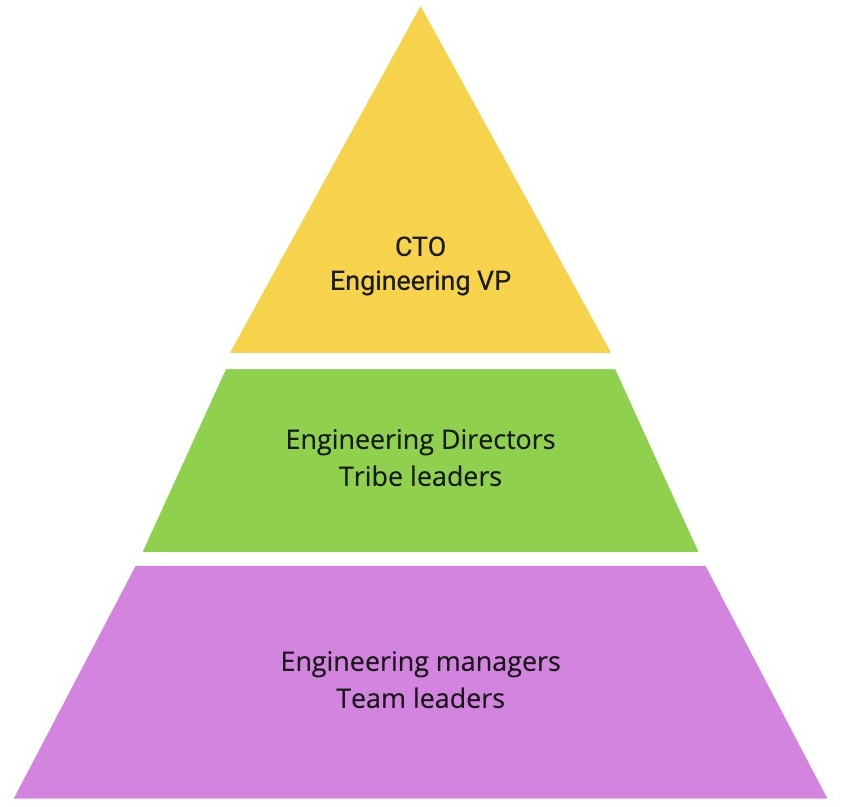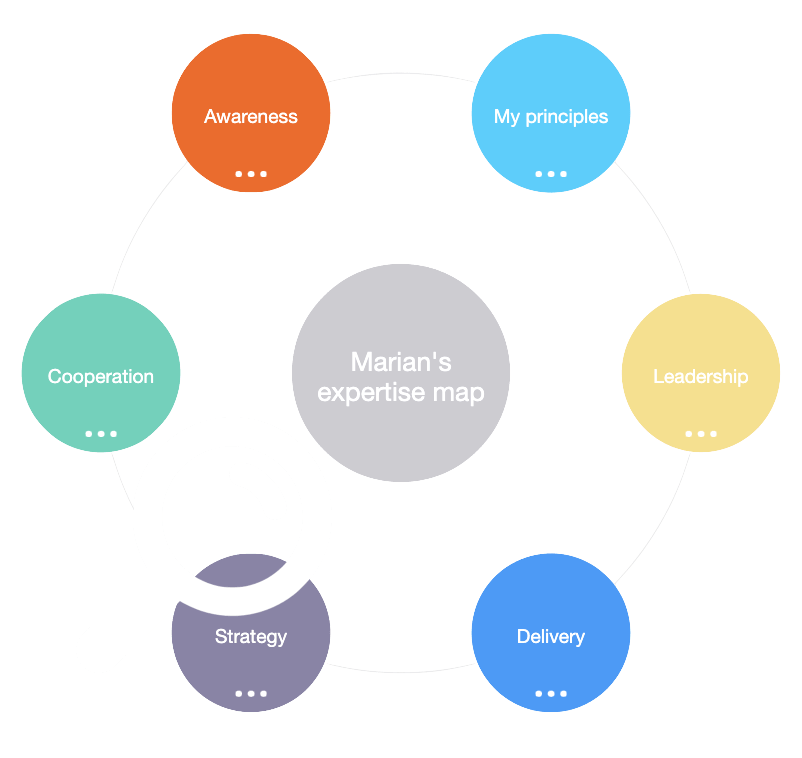The most frequent co-existing use cases
HOW I'LL HELP YOUR COMPANY BUILDING THE PRODUCT RIGHT

case studies
Ataccama: Performance reviews
Performance reviews people ❤️
Kosik: Performance reviews
Engineering efficiency metrics - implementation
Kiwi.com: Teams efficiency
Engineering efficiency metrics - advisory
Deepnote: Budgeting
Engineering budgeting, payroll/non-payroll costs
Apify: Transition to Kanban
Kanban adoption step by step
Internal audit
Teams efficiency analysis, improvement roadmap, adoption
Kiwi.com: Teams efficiency
Engineering efficiency metrics - advisory
<Disclosed>: Teams efficiency
Teams internal audit in efficiency
<Disclosed>: Onboarding boost
Beyond standard onboarding process
Mews: 80% delivery
OKRs alignment Mews: hiring funnel: 6 devs hired per mo Mews: tech to prod-oriented reorg

